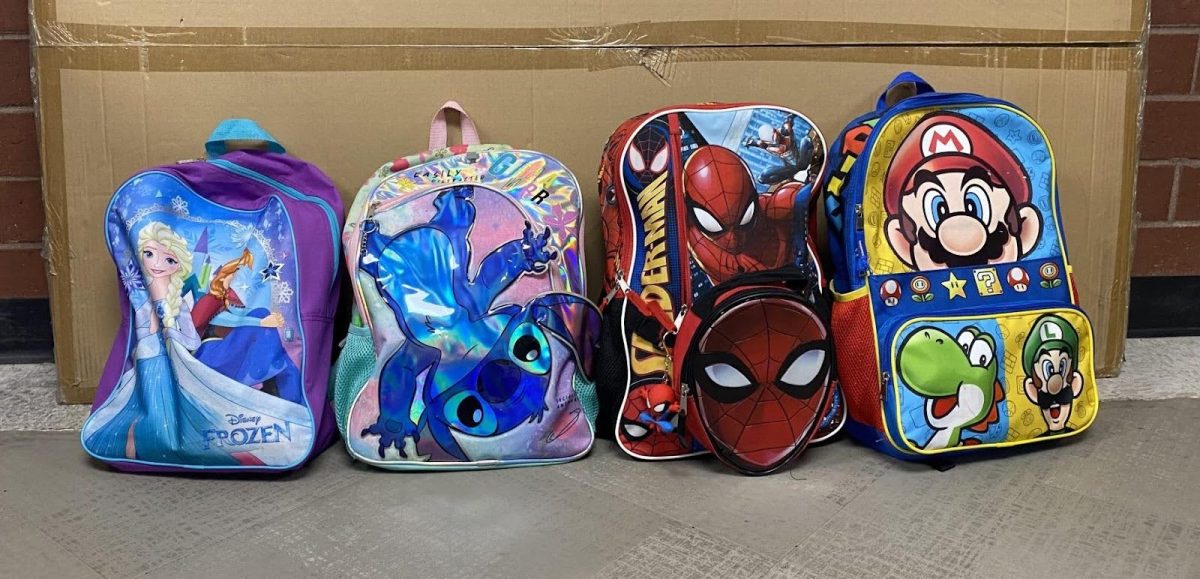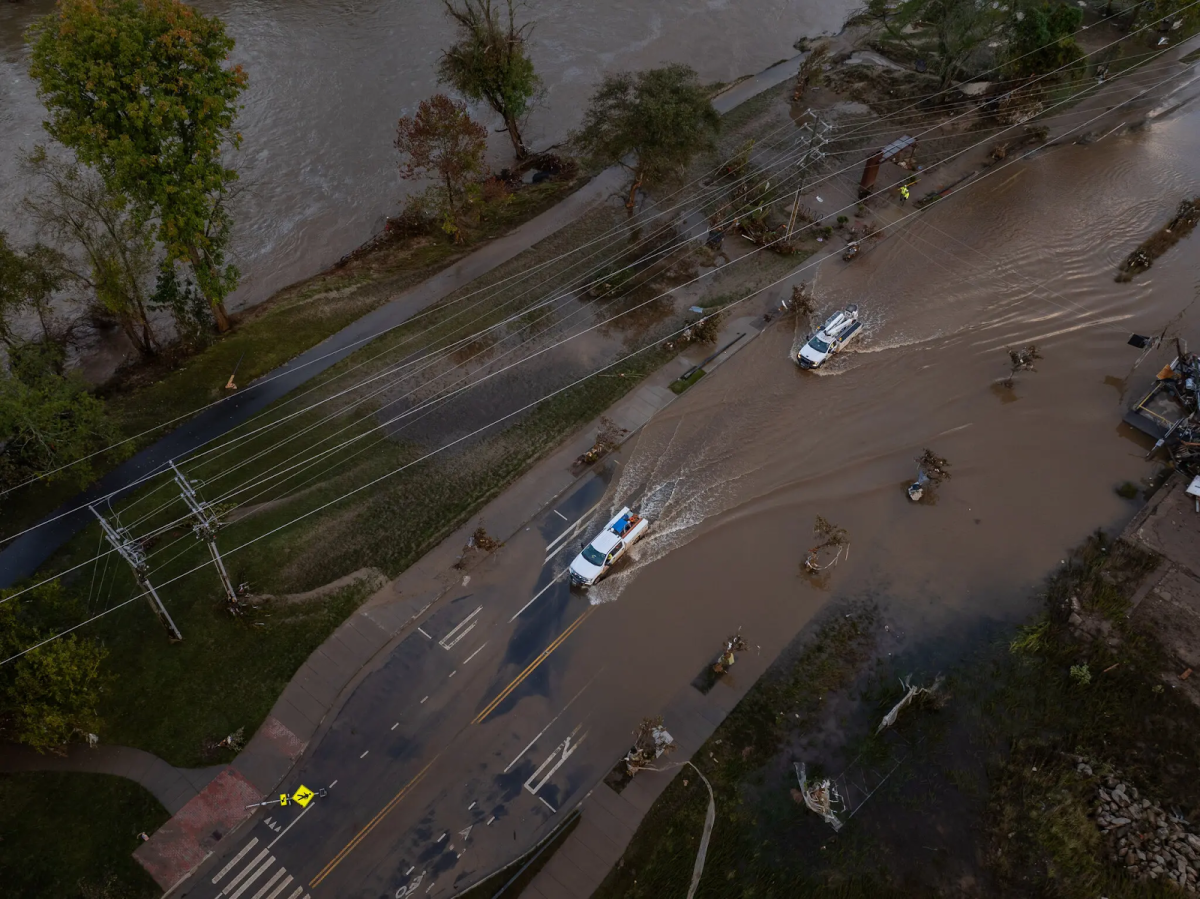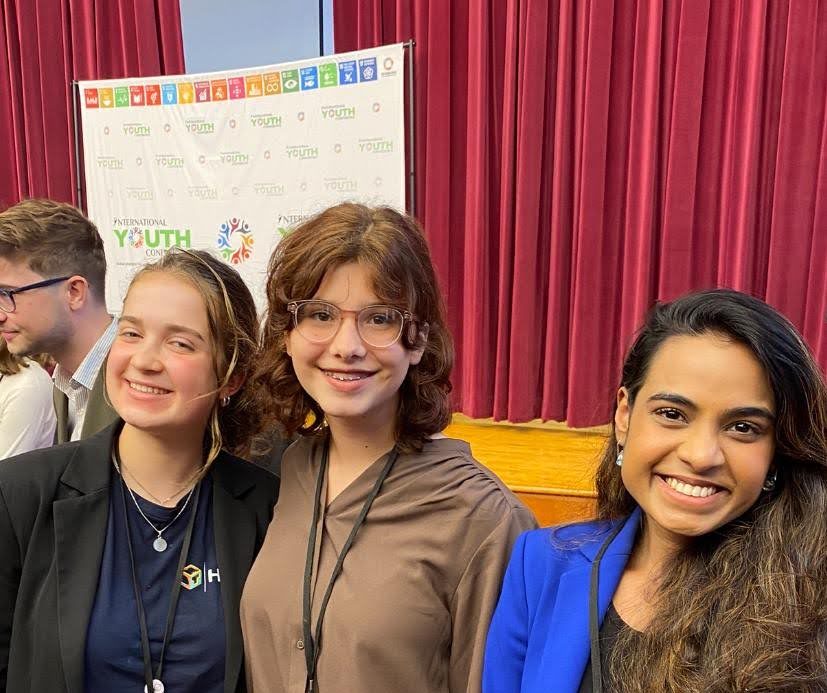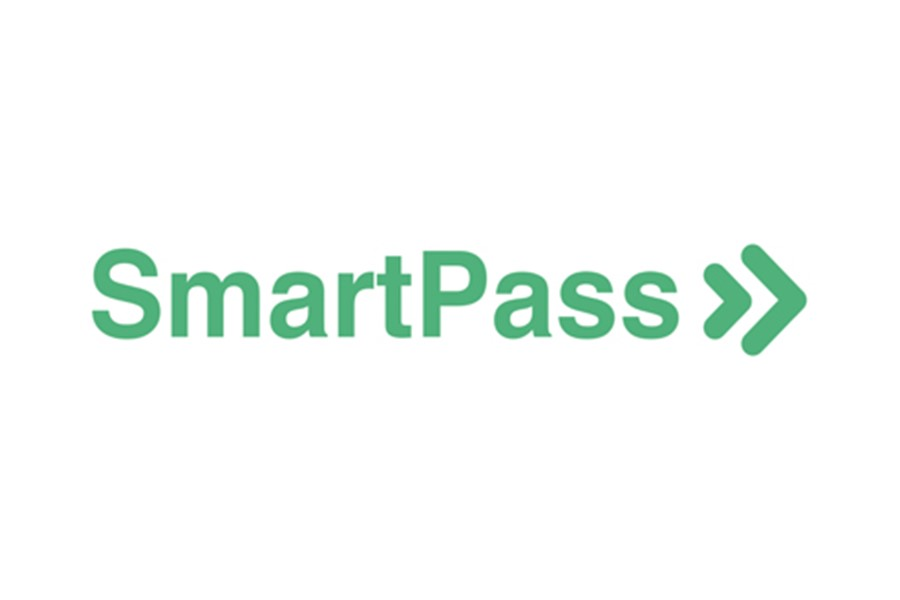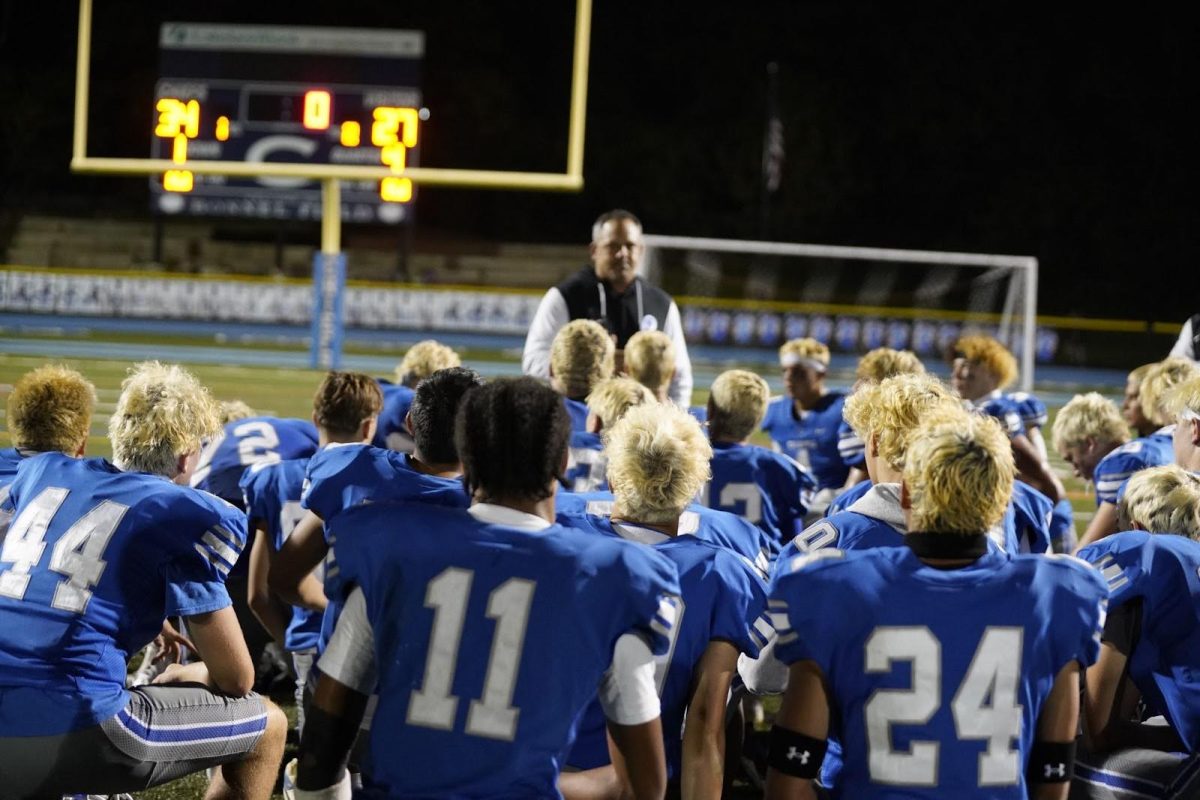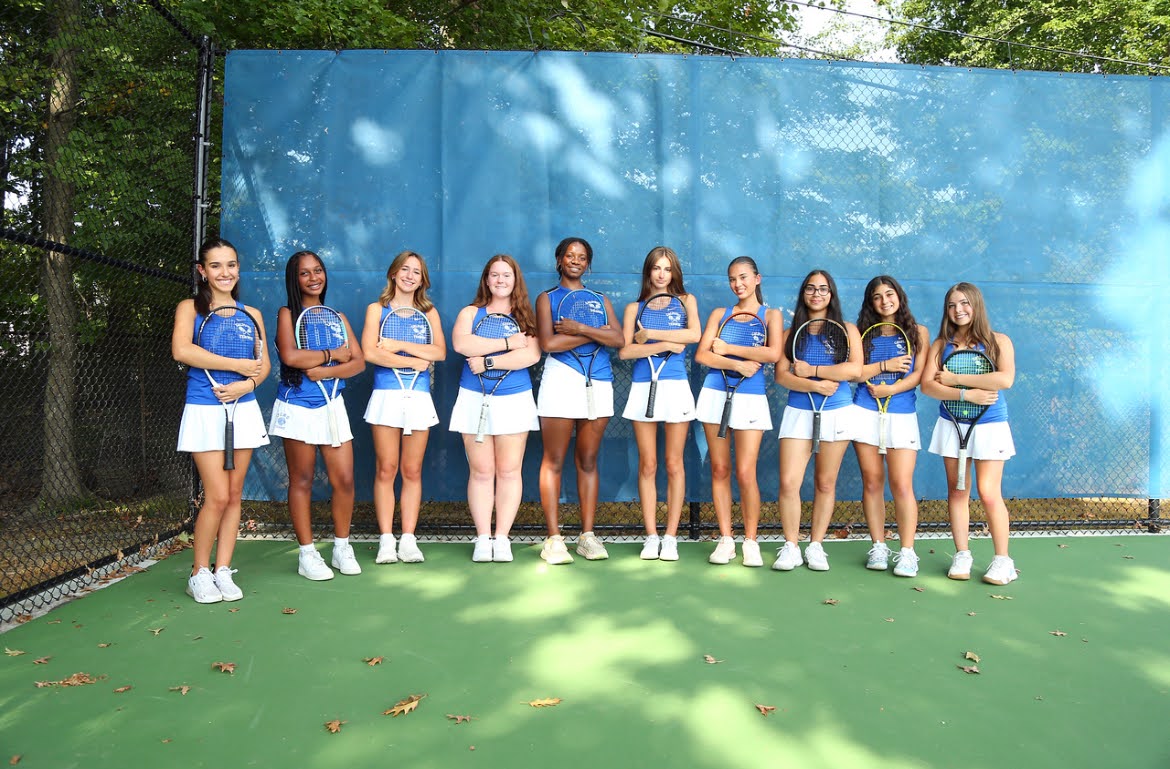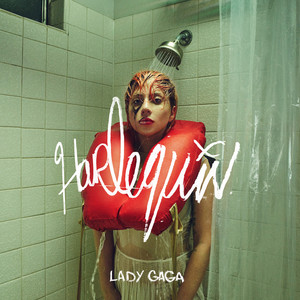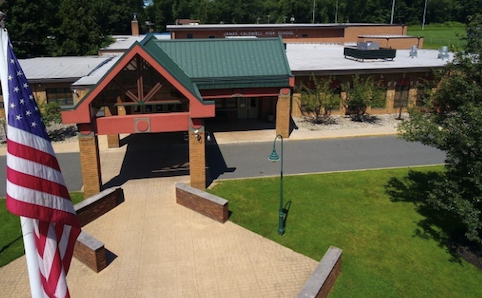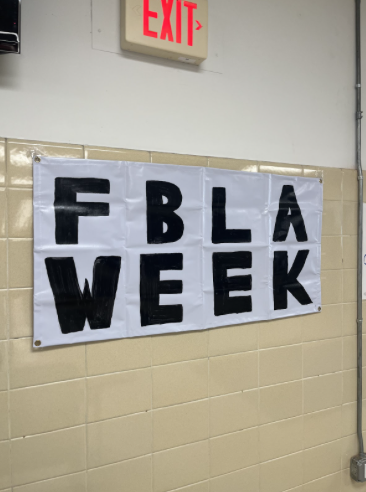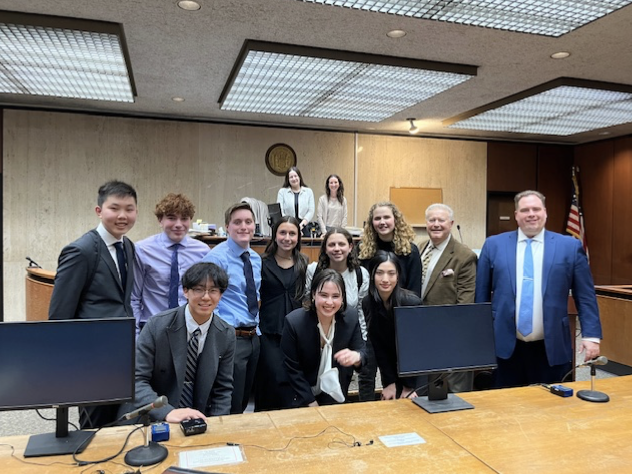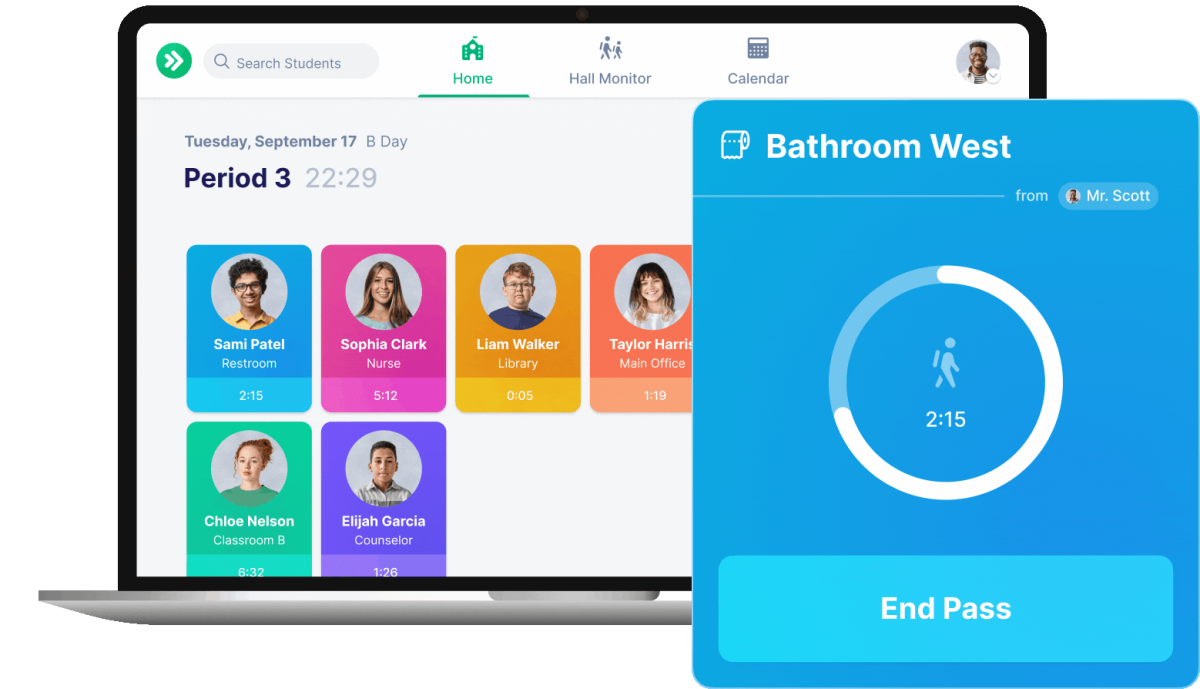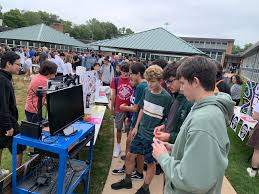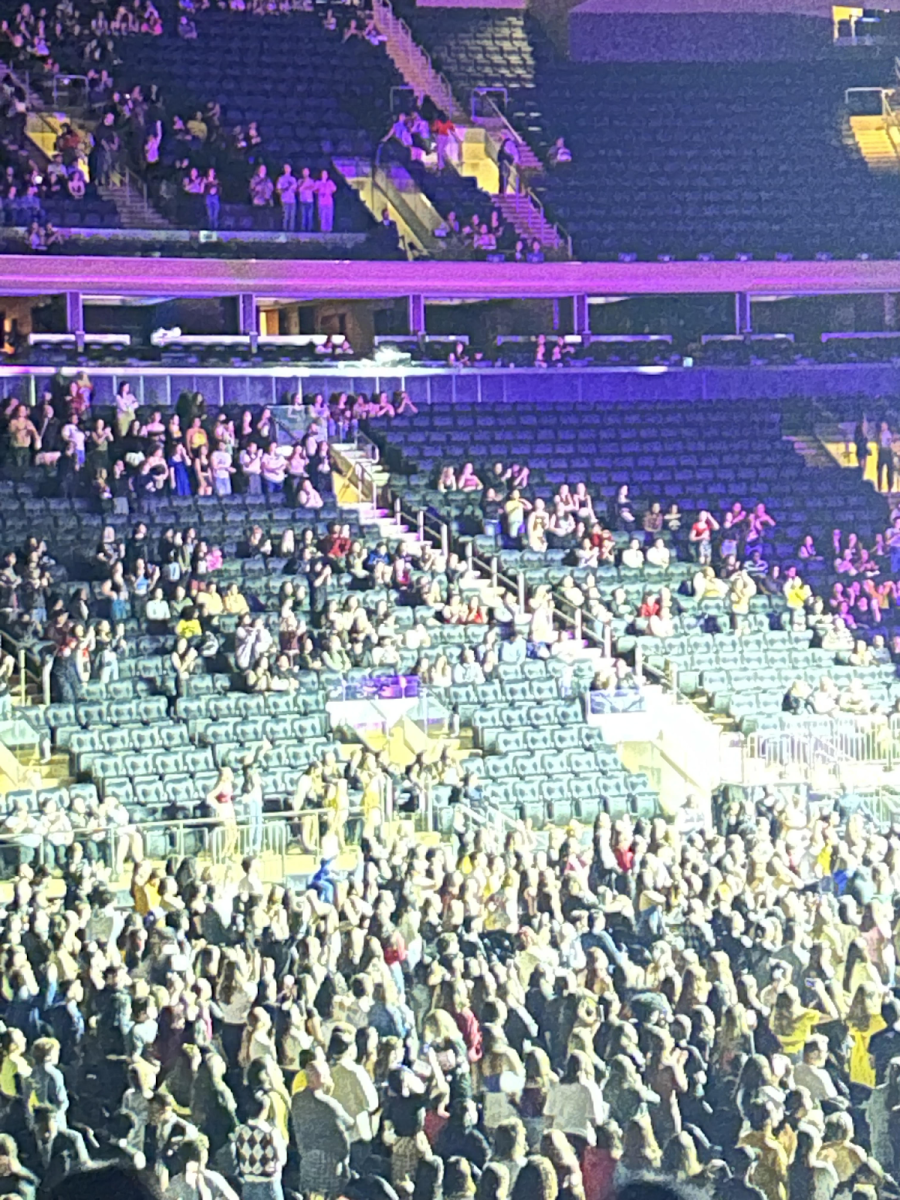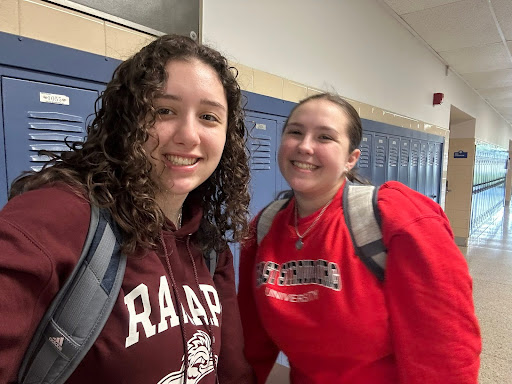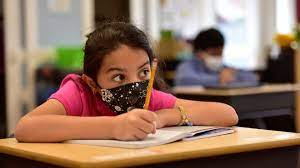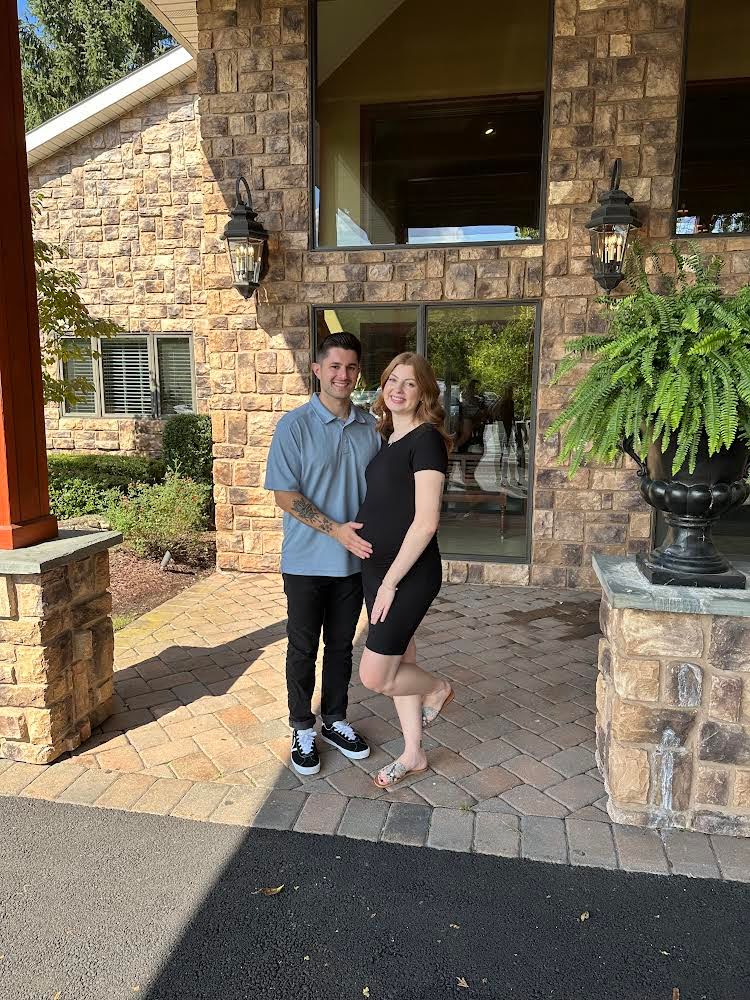
After over a year of living abnormally in the pandemic, a common question is continuously raised; is it safe for students and teachers to go back to in-person school regularly?
School has been proven to be a place that is more than just reading, writing, and math. In-person learning offers hands-on experiences, builds social and emotional skills, allows exercise, and can provide support for students who need it, according to the American Academy of Pediatrics. Virtual learning has been one of the only options to continue education for students, even though it lacks all of the main purposes of going into school.
“I tend to be very unmotivated when I am working from home. I don’t think my virtual work reflects how I am as a student,” says JCHS senior, Alexa Camerino.
Academic and social development is likely to decrease during online learning for the majority of students, according to the American Psychological Association. Increased stress and anxiety, lack of motivation, and less exposure to social interaction are all detrimental effects on mental health within virtual learning.
Many schools have gotten comfortable with using different types of learning to avoid having students “zooming” from bed. One common type of scheduling has been hybrid learning.
Hybrid learning has been used to engage students with in-person learning while being precautionary. It offers schools flexibility balancing online and face-face education. JCHS’s hybrid schedule consists of two cohorts that have “In-person” learning one day, and virtual learning the next. Classes 1-4 meet on the first part of the two-day schedule, and classes 5-8 meet on the next two-day rotation. Two virtual classes are held after a one-hour lunch break every day. It has given students an opportunity to restart learning in a more normal way. Students also have the option of requesting to stay completely virtual.
Hybrid Learning has been effective for the most part at JCHS. Students are gifted with the chance of going in and learning face to face while following COVID-19 guidelines. There has thankfully yet to be a COVID-19 outbreak within the school.
On the contrary, hybrid learning can also be problematic for students, as well as teachers. A consistent learning experience is nearly impossible, given that students go to school every other day. Tricky schedules that constantly change can also be difficult to balance. Teachers have the arduous task of balancing technology while teaching live students in a socially distant environment. An overload of work is created for both teachers and students.
It is difficult to predict when life will return to normal, which means it is hard to predict whether going into school full time is an option. According to the Gates Foundation COVID-19 Tracker Analysis, about 83.3% of K-12 parents consider sending their children back to normal learning come August.
“With our country allowing restaurants, gyms, and other businesses to reopen, it is only reasonable to re-open the school systems as well,” says JCHS Sophomore Maggie Tierney.
In New Jersey alone, according to NJ.com, almost 3 million total doses of the COVID-19 vaccination had been administered. Roughly 14% of the adult population of New Jersey have received their second dose, making 1 and 7 adults completely vaccinated. As more and more people are vaccinated, the chances of outbreaks decrease.
Other students, like JCHS Junior Haley Tierney, think otherwise about going into school. “It’s not safe for us to go back to school full time until high-school level kids are allowed to get the vaccine,” says Tierney.
Evidence shows that teens from ages 12-17 are more likely to spread COVID-19 than younger children and older adults, according to the CDC. Opening up the schools fully without students being fully vaccinated could potentially be problematic.
The Johnson & Johnson vaccine has been cleared for people 18 and older and the Pfizer vaccine has been approved for emergency uses only with people 16 years of age and older. Children between 12-15 are predicted to have access to the vaccine from between the 2021-2022 school year, according to Dr. Robert Frenck, director of the Gamble Vaccine Research Center.
“The CDC guidelines are changing frequently so we will keep on top of the changes throughout the rest of the school year. We will continue to follow the recommendations from the New Jersey Department of Health to make sure everyone stays safe,” says JCHS nurse Danielle Ciccaglione.
According to a March 16th letter by Dr. Heinegg, our school is currently still in the high zone of virus transmission which requires us to remain in the current K-12 Hybrid Scheduling. He goes on to mention that hopefully if we move to a lower moderate zone by April 1, there are plans made to enact a modified K-5 schedule after spring break.
It is important that to keep ourselves and others safe, we must be aware of the constant changes within the guidelines with this unknown virus. If teens continue to protect themselves, a life of normality can be ensured for the upcoming 2021 fall school year.
Sources:
https://www.apa.org/news/apa/2020/10/online-learning-mental-health

